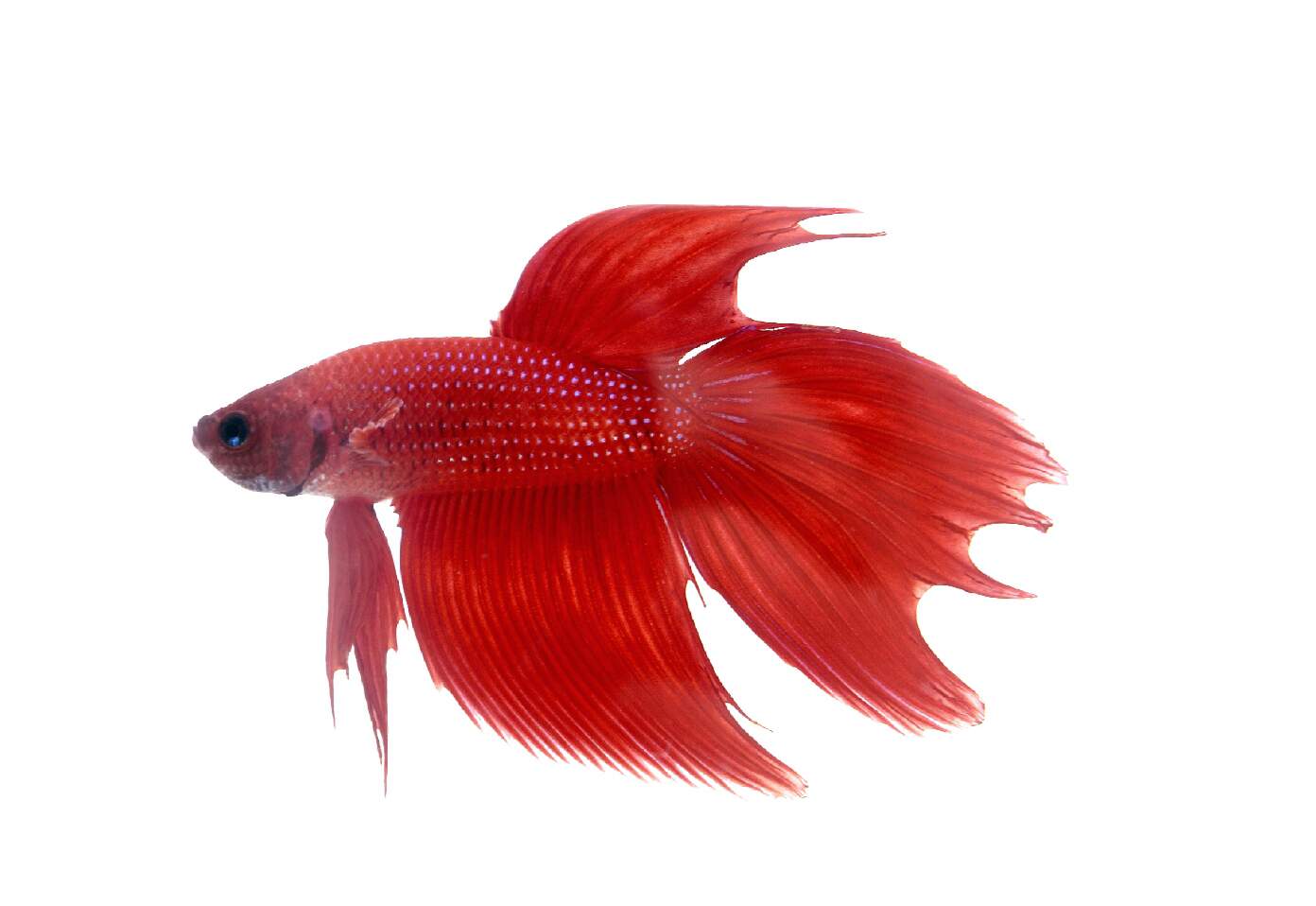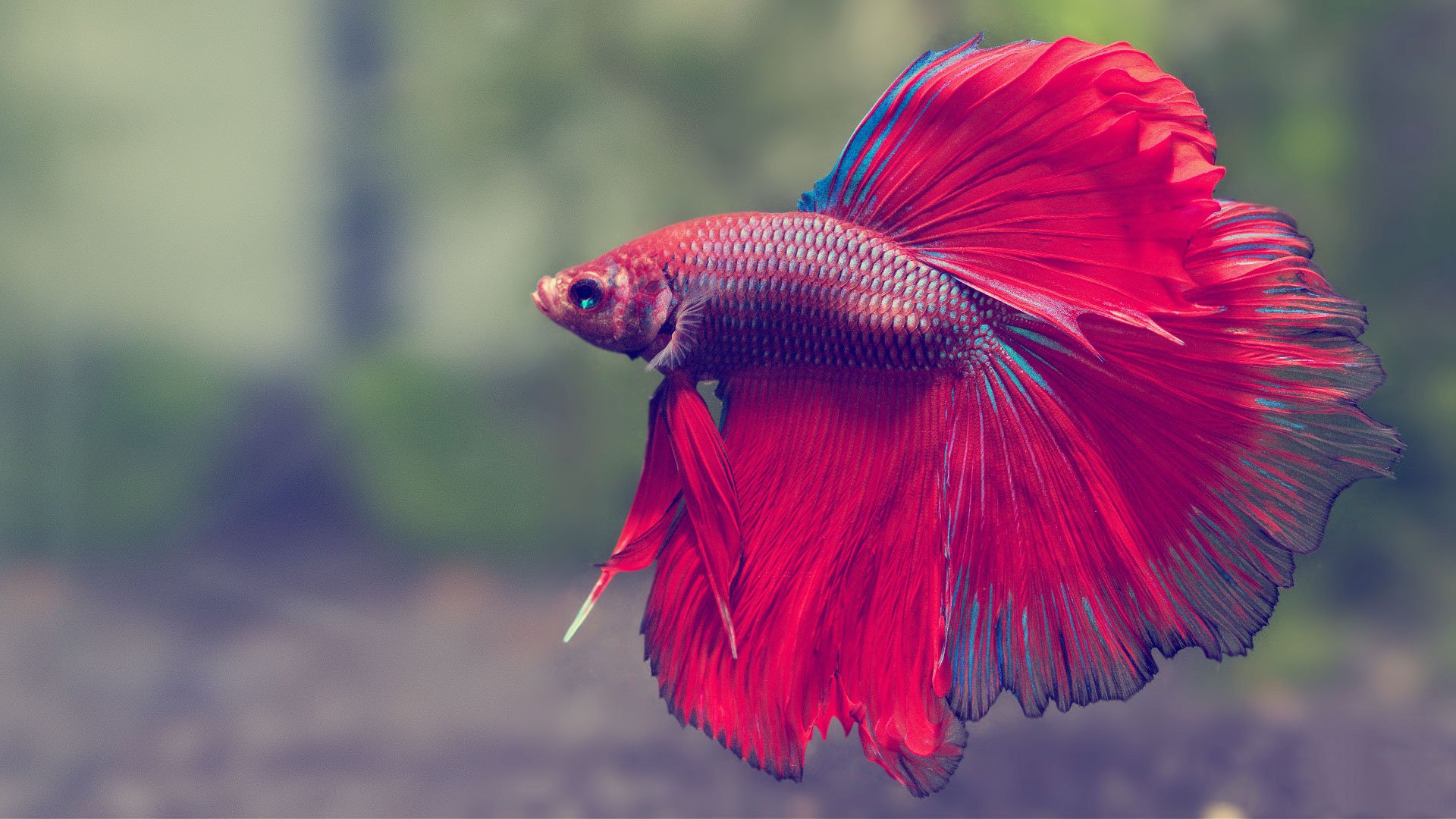Betta Fish Lifespan: Exactly How to Ensure Your Betta Lives Longer
Betta Fish Lifespan: Exactly How to Ensure Your Betta Lives Longer
Blog Article
Breeding Betta Fish: a Comprehensive Step-By-Step Overview to Successfully Raising Baby Bettas From Eggs to Adulthood
Breeding Betta fish is a careful endeavor that calls for cautious planning and execution to ensure the successful growth of fry from eggs to develop fish. As the male Betta carefully constructs a bubble nest and guards the precious eggs, the subsequent stages of treatment and transition demand interest to detail and expertise of best methods.

Choosing Breeding Pairs
When getting started on the journey of reproducing Betta fish, selecting the right reproduction pairs is crucial to accomplishing preferable characteristics and a healthy and balanced lineage - betta fish. The initial step in this process is to identify the certain characteristics you want to improve or preserve, such as color, fin type, and body form. It is important to choose genetically varied sets to stay clear of inbreeding, which can result in health issues and unfavorable characteristics
Evaluate possible reproducing candidates carefully. A healthy male Betta should show vivid shades, an energetic temperament, and well-formed fins, while the woman must likewise display dynamic pigmentation and a rounded stubborn belly, showing readiness for spawning. Observing the temperament of both fish is important, as hostile or overly reluctant individuals might not reproduce effectively.
Keeping records of the moms and dad fish's origins can help you track hereditary attributes and prospective issues. Ultimately, spending time in the selection process will significantly enhance the probability of producing strong, vivid spawn that meet your reproduction goals.

Preparing the Reproduction Container
Developing an optimal breeding atmosphere is a key step after picking appropriate pairs for Betta fish. The reproduction container ought to be especially developed to provide convenience and stimulate the all-natural breeding habits of the fish. Beginning with a tank size of at the very least 10 gallons to guarantee adequate area for both the male and female Bettas.
Maintain a gentle filtration system to maintain the water clean while preventing strong currents that can emphasize the fish. Additionally, an air rock can be included in provide oxygenation without disrupting the water surface as well much.
Temperature guideline is critical; go for a steady series of 78-82 ° F(25-28 ° C) using a trusted heating system. The pH degree ought to be preserved between 6.5 and 7.5, and normal water adjustments are essential to ensure high water high quality.
Integrate floating plants or spawning mops to create concealing areas for the female, while likewise encouraging bubble nest building by the male - betta fish. Lastly, guarantee the tank is without sharp designs and any type of potential risks, as my company the well-being of the fish ought to constantly be prioritized throughout this important stage of reproduction.
The Reproduction Process
Generally, the reproducing procedure for Betta fish involves a series of distinct and visible actions that indicate preparedness for reproduction. The male Betta begins by developing a bubble nest at the water's surface, which offers as a website for the fertilized eggs. This nest is crucial, as it gives a secure atmosphere for the eggs till they hatch.
When the nest is developed, the man will certainly show courtship actions, such as flaring his fins and displaying vibrant shades to bring in the woman. The woman, upon sensing the male's preparedness, will certainly react by displaying upright stripes along her body, signifying her receptiveness.
The fed eggs after that drop to the bubble nest, where the male thoroughly collects and returns them to the nest. Following this, the male thinks responsibility for protecting the nest and guaranteeing the security of the eggs until they hatch, commonly within 24-36 hours.
Taking Care Of Betta Fry
Caring for Betta fry needs cautious interest to their atmosphere and nourishment to make sure healthy and balanced growth and advancement. After hatching out, Betta fry are very little and susceptible, necessitating a steady and tidy environment. Keeping a water temperature in between 78 ° F and 80 ° F is critical, as get redirected here Betta fry flourish in warm conditions. Furthermore, make certain that the water is devoid of dangerous toxins; regular water modifications of 10-20% are suggested to keep optimal water quality.
Feeding Betta fry is just as essential. Feed them small quantities several times a day, being cautious not to overfeed, which can lead to water top quality issues.
Transitioning to Grownup Bettas
As Betta fry fully grown, transitioning them to adult Bettas is a critical stage that calls for careful administration of their environment and social interactions. This procedure generally starts when the fry reach around 6 weeks of age, at which point they can be gradually introduced to an extra structured living atmosphere.
To facilitate this transition, it is crucial to make certain that the water parameters-- such as temperature level, pH, and ammonia levels-- are ideal and stable. Grown-up Betta fish grow go to website in warm water (around 78-80 ° F) with a pH of 6.5 to 7.5. Slowly adjust the fry to these conditions to minimize stress.
Social communications are an additional crucial factor; male Bettas are notoriously territorial and hostile. Consequently, it is advisable to different males into specific tanks as they develop. Female Bettas can be housed with each other, yet treatment must be required to monitor for indicators of aggression.
Furthermore, dietary adjustments should be made as the fry expand. Incorporate high-grade pellets and live foods to sustain their growth and health and wellness. By managing these variables properly, you can advertise a successful change to the adult years for your Betta fish.

Verdict
Successful reproduction of Betta fish requires careful attention to detail throughout the entire procedure, from picking genetically varied pairs to providing optimal treatment for fry. By ensuring appropriate breeding problems and keeping water quality, the possibility of healthy and balanced spawn boosts dramatically. Furthermore, a balanced diet regimen and gradual adaptation to grown-up environments are crucial for the growth and growth of Betta fish. Complying with these actions faithfully fosters a prospering population of Betta fish, enhancing both their health and wellness and vitality.
Report this page